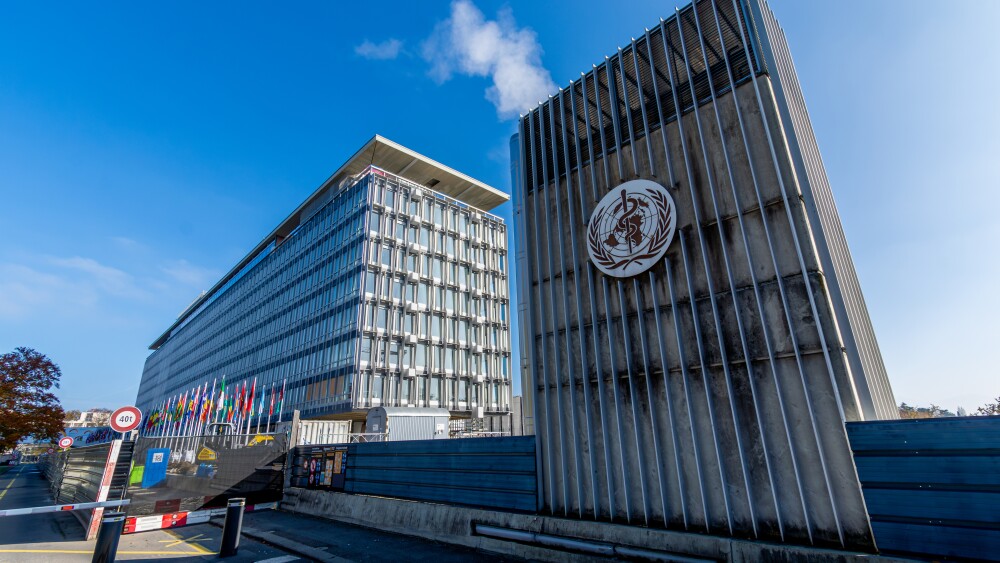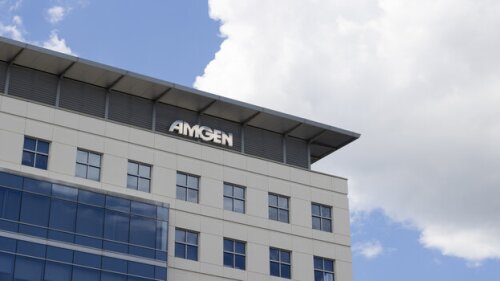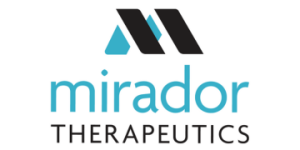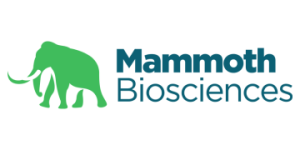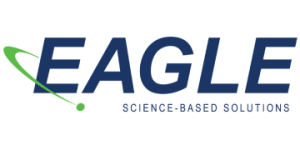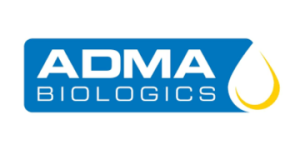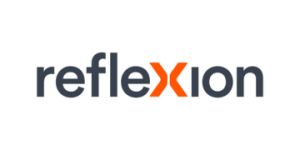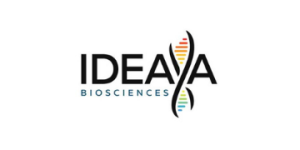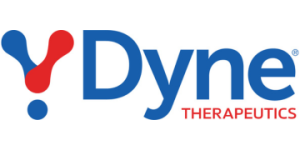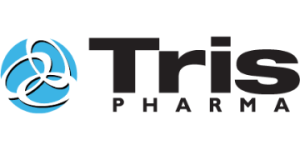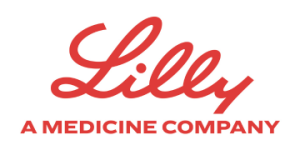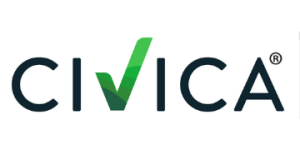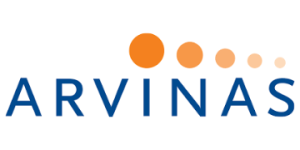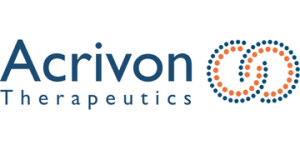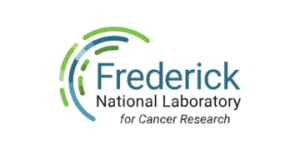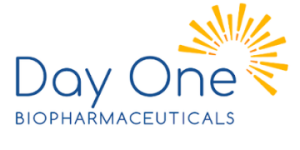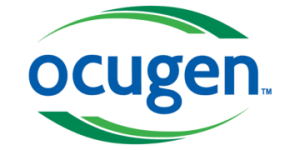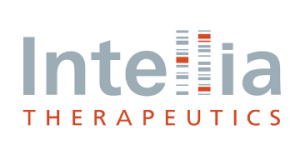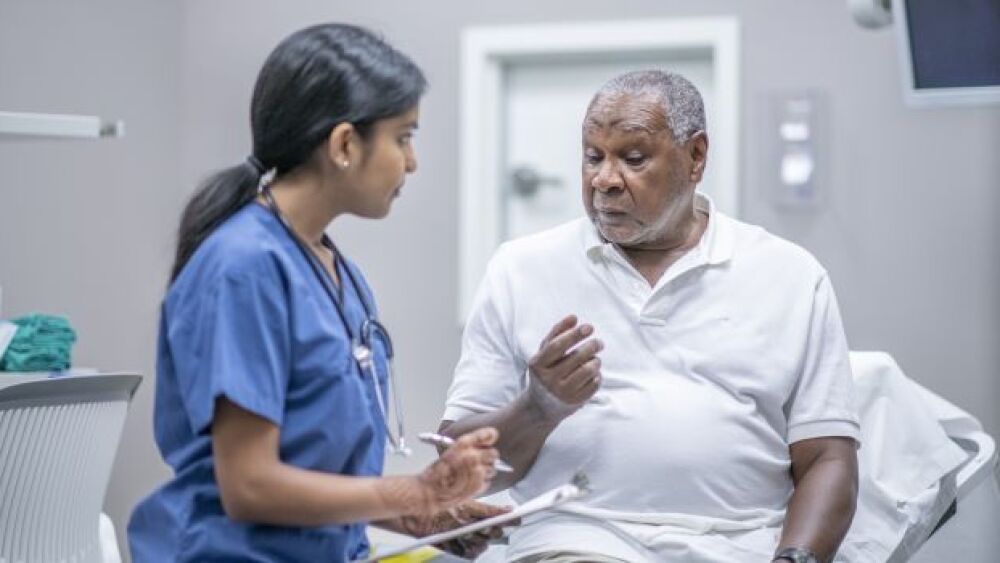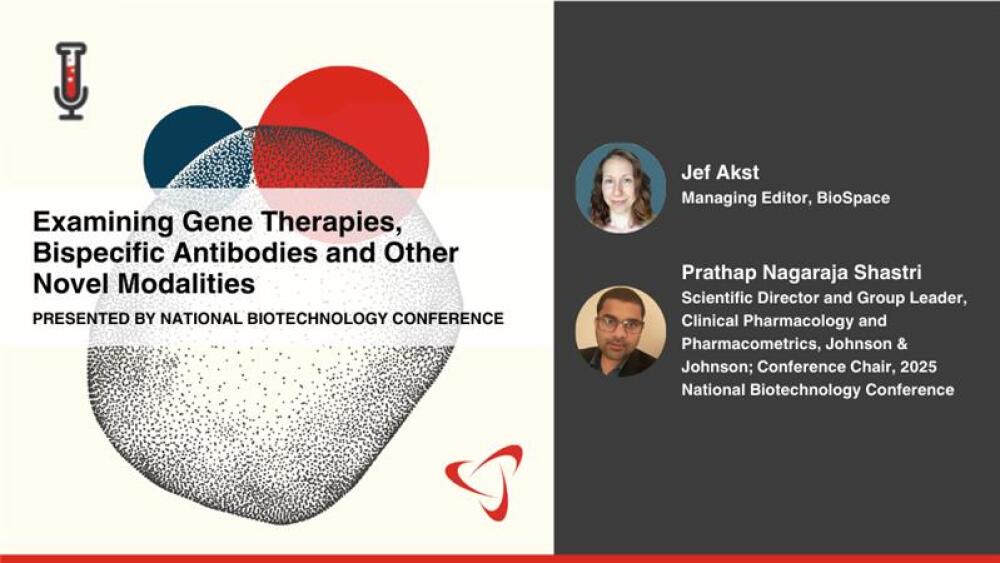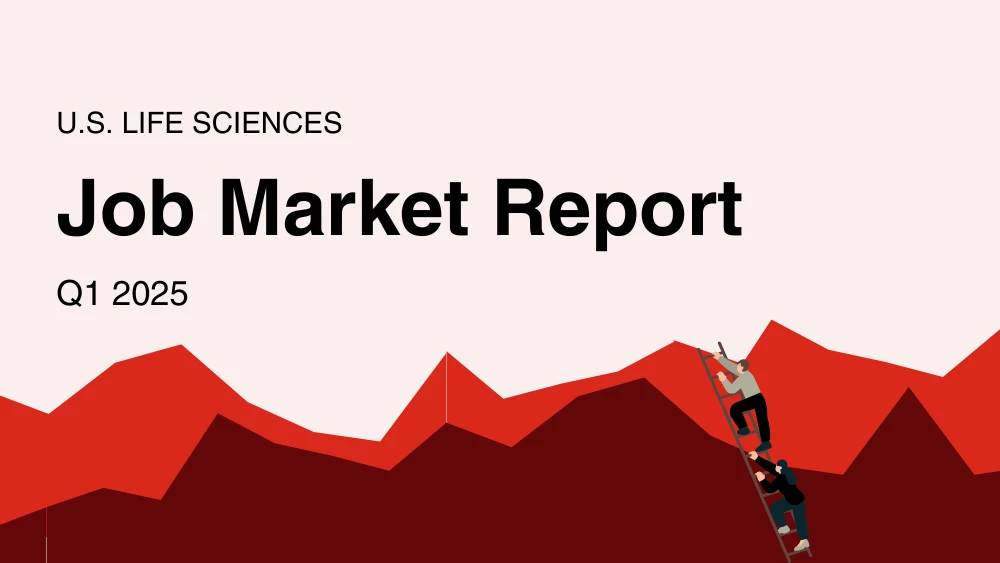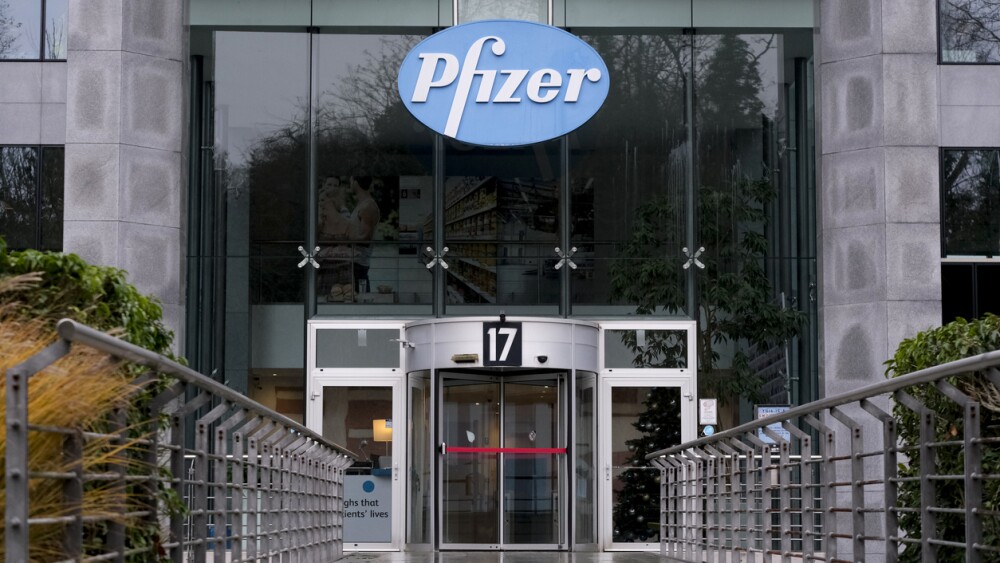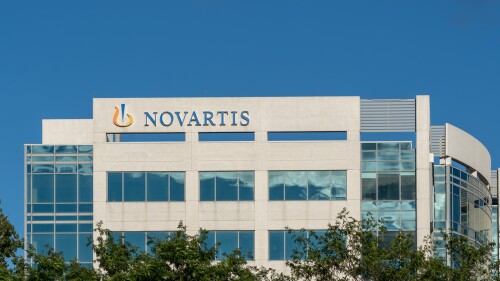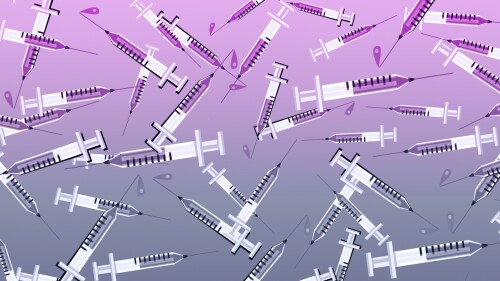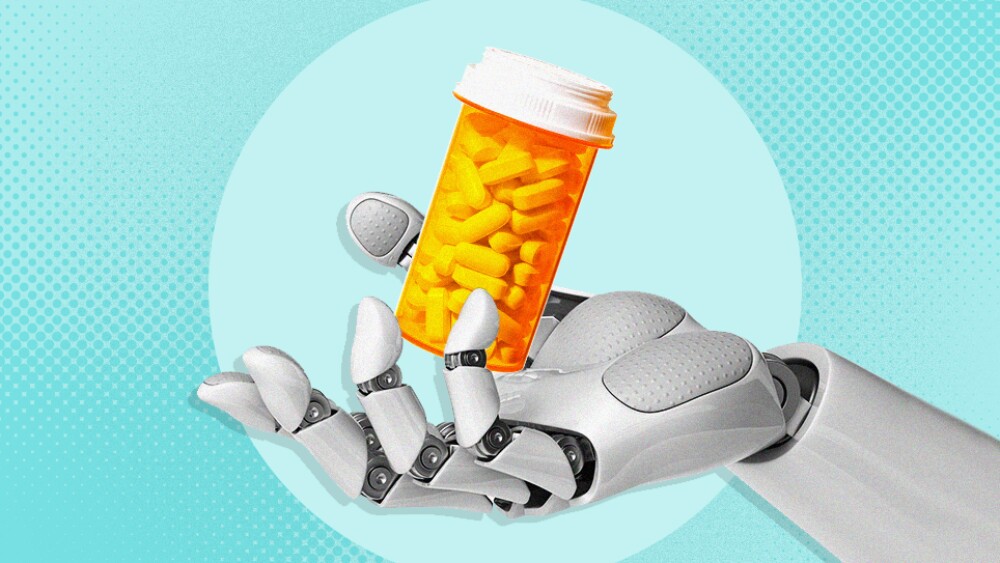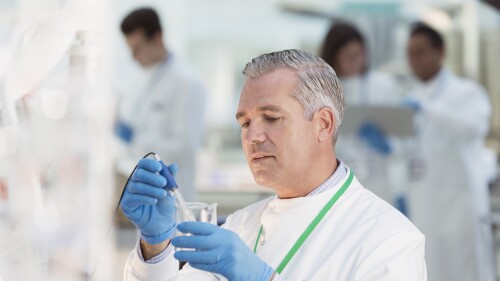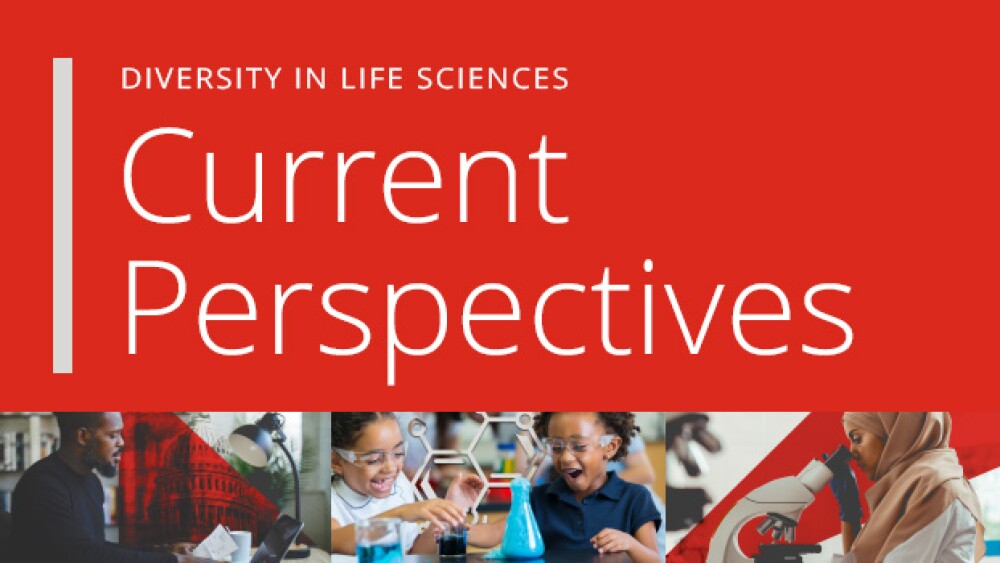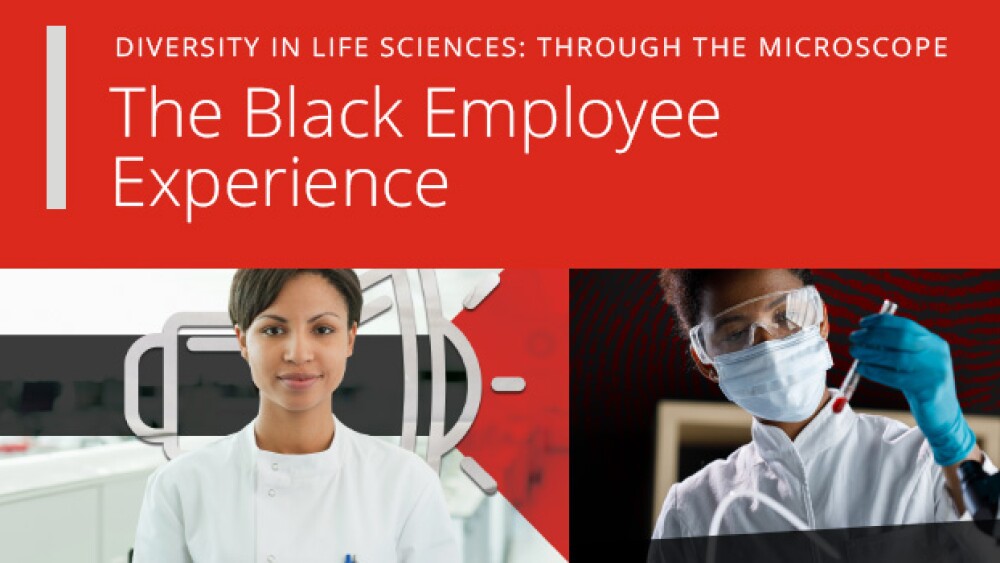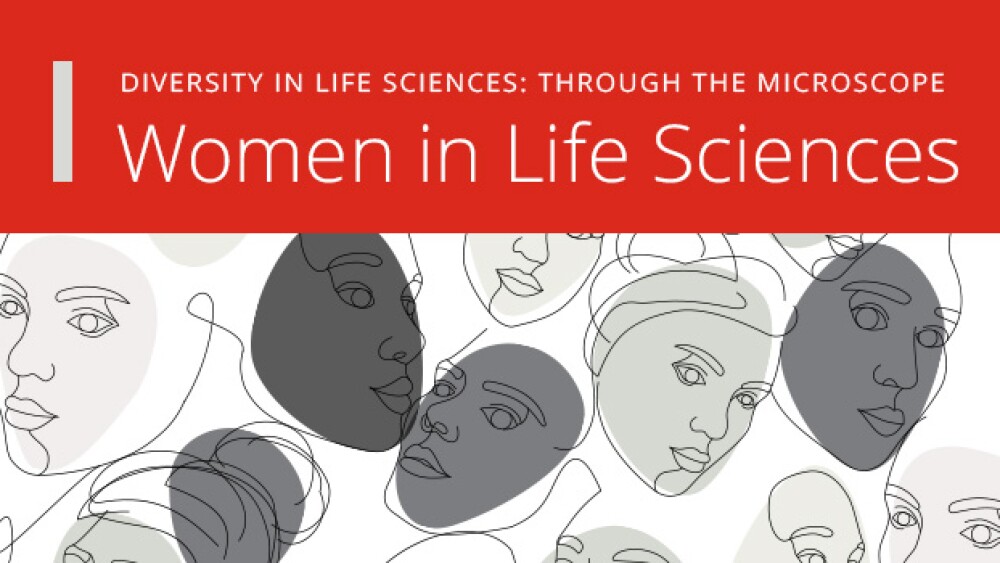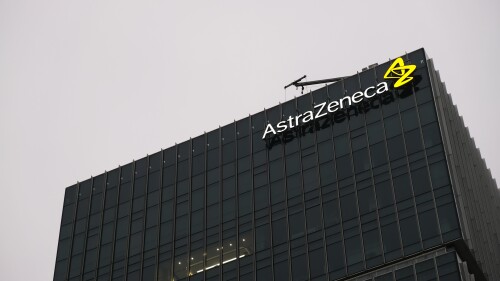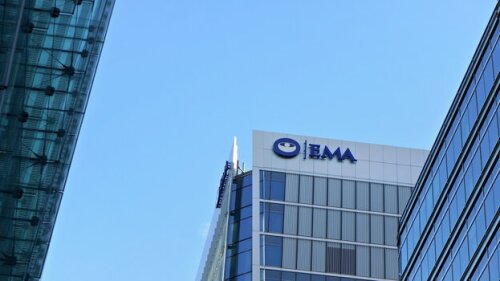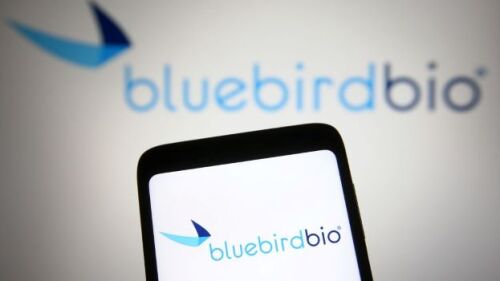Imports of pharmaceutical products surged in March, most of which came from Ireland, historically one of the biggest exporters of medicines to the U.S.
A new executive order aims to smooth the path for getting U.S. manufacturing facilities up and running; HHS says it will require placebo-controlled trials for all vaccine approvals; tariff threats hit BioNTech; Novo Nordisk’s FDA application for an oral version of Wegovy is accepted; and more.
The oncologist and former University of California, San Francisco, professor has long been critical of COVID-19 mandates and the accelerated approval of cancer drugs.
A new executive order from President Donald Trump aims to cut down the 5-to-10-year timeline to build new facilities while stepping up the rigor of inspections on foreign plants.
Biopharma venture capital fundraising declined from $8.1 billion in the first quarter of 2024 to $6.5 billion in the first three months of this year, headlined by a clutch of massive funding rounds.
The Alchemab deal will further strengthen Lilly’s early-stage pipeline for amyotrophic lateral sclerosis, coming less than a year after the pharma licensed QurAlis’ antisense oligonucleotide to correct a specific protein alteration in ALS.
FEATURED STORIES
Biotech was starting to show signs of recovery after years of investor pullback—until new tariffs and economic uncertainty sent fresh shockwaves through an already fragile market.
Alnylam and BridgeBio are competing for people who are switching from Pfizer’s blockbuster ATTR amyloidosis drug tafamidis while all three companies are fighting for new patients.
FDA Commissioner Marty Makary last week announced a directive that would limit industry participation in the agency’s advisory committees. But not only do company reps serve only as non-voting members, a 1997 law actually requires industry involvement.
FROM BIOSPACE INSIGHTS
Protocol design optimization and timely engagement of regulators are the crux of optimized, patient-centric clinical trials.
LATEST PODCASTS
At the 2025 National Biotechnology Conference, gene therapies, bispecific antibodies and other novel modalities—relative newcomers to medicine—will be much discussed. In this curtain raiser, BioSpace speaks with conference chair Prathap Nagaraja Shastri of J&J about these highly anticipated topics.
The FDA is mired in uncertainty with some staffers losing their jobs over the weekend and more potentially to come, vaccines and psychedelic therapies could be facing very different futures under newly confirmed HHS Secretary Robert F. Kennedy, Jr., Moderna continues its downward revenue slide and Merck, Regeneron, BMS and more face strong patent headwinds.
In the first podcast in a special series focused on BioSpace’s NextGen Class of 2025, Senior Editor Annalee Armstrong speaks with Dannielle Appelhans, CEO of COUR.
Job Trends
Check out five New York companies hiring biopharma professionals like you, including 2025 Best Places to Work winners.
Subscribe to Genepool
Subscribe to BioSpace’s flagship publication including top headlines, special editions and life sciences’ most important breaking news
SPECIAL EDITIONS
Peter Marks, the venerable head of the FDA’s Center for Biologics Evaluation and Research, has been forced out. In this special edition of BioPharm Executive, BioSpace takes a deep dive into the instability of the HHS.
Year-over-year BioSpace data show biopharma professionals faced increased competition for fewer employment opportunities during the first quarter of 2025.
In this deep dive, BioSpace explores the diverse therapeutic modalities now in development, as well as the opportunities and battles for market dominance in this emerging space.
DEALS
-
With just one asset in weight loss moving through the clinic, Pfizer targets the space for potential dealmaking, as well as bringing assets over from China.
-
Biogen’s effort to buy Sage against the board’s wishes and a long-time effort by investor Alcorn to scuttle Aurion’s IPO underscore the cutthroat nature of biopharma dealmaking.
-
Novartis was among the most prolific pharma dealmakers in 2024, a trend that it expects to continue with more bolt-on deals this year to set up for sustainable long-term growth.
-
Sanofi’s jump in earnings comes with an increased emphasis on R&D and vaccines, plus an eye cast toward M&A to shore up its pipeline.
-
The J.P. Morgan Healthcare Conference started off with a flurry of deals that reinvigorated excitement across the biopharma industry. Johnson & Johnson moved to acquire Intra-Cellular Therapies for $14.6 billion, breaking a dealmaking barrier that kept Big Pharma’s 2024 biotech buyouts to under $5 billion.
WEIGHT LOSS
-
The Maryland-based biopharma joins Eli Lilly and Novo Nordisk in trialing a GLP-1 agonist for alcohol- and liver-related conditions.
-
Roche and Zealand plan to study petrelintide as a monotherapy and in combination with CT-388, a dual agonist of the GLP-1 and GIP receptors that Roche picked up in its recent acquisition of Carmot Therapeutics.
-
BioSpace remembers COVID-19 five years after the pandemic was declared, Novo Nordisk’s CagriSema again misses expectations as the company joins a lawsuit filed by drug compounders against the FDA, Viking secures ample supply of its investigational obesity medication, J&J strikes out in depression, and Makary and Bhattacharya near confirmation.
-
Analysts acknowledged the long-term manufacturing deal could dull Viking’s takeout prospects but hailed it as a smart move to ensure supply.
-
The latest data showed 15.7% weight loss in patients with diabetes after 68 weeks. In December 2024, CagriSema returned another disappointing readout for Novo, eliciting weight-loss of 22.7% in patients without diabetes, below the pharma’s prior projection of 25%.
FDA
-
While it’s not unusual for certain positions to turn over with a new administration, the number of senior-level FDA staffers who have recently left the agency is unprecedented. The lack of communication, transparency and human decency is as well.
-
The FDA has asked for another well-controlled trial to establish the efficacy of reproxalap in dry eye disease.
-
The FDA derives just under half of its yearly funding from pharma user fees, which help support its operations and fund employee salaries. An analysis from AgencyIQ suggests that the agency is dangerously close to losing it all.
-
In the Phase III MITIGATE trial, Uplizna cut IgG4-related disease flares by 87% versus placebo.
-
The FDA was scheduled to release its decision on Novavax’s updated, protein-based COVID-19 vaccine on April 1, but the agency’s principal deputy commissioner intervened.
Plus, learn about what to expect in initial interviews and how to time your post-Ph.D. job search for maximum success.
Having difficult conversations with the right mindset can build trust and further develop your relationship with your team.
Getting caught between younger team members and older bosses can be stressful for millennial managers. A leadership expert and millennial manager share tips for bridging the gap between these groups.
For reasons including downsizing, avoiding retirement and a tight labor market, senior-level biopharma professionals are increasingly turning to fractional roles, according to two recruitment experts.
Massachusetts’ biopharma jobs increased 2.6% in 2023, according to the MassBio Industry Snapshot. Whether the state’s jobs grow in 2024 remains to be seen based on this year’s layoffs and seemingly slowed hiring based on BioSpace data.
The federal judge’s decision Tuesday said the Federal Trade Commission exceeded its statutory authority in implementing a final rule aimed at restricting noncompete clauses.
HOTBEDS
REPORTS
BioSpace surveyed our community to gain their insights and perspectives on work, their employers, and to understand who makes up the life science community.
How does being Black affect the workplace experience as a life sciences professional? BioSpace surveyed our community to gain a greater understanding of Black employees’ feelings of inclusion and their perspectives on employer DEI initiatives.
Over the last two decades, women have achieved near equal levels of representation in life sciences - though there are distinct gaps in leadership and pay equity. The experience of women also differs vastly depending on age, race, and other factors.
CANCER
-
With Keytruda, the best-selling drug in the world, facing the end of exclusivity in 2028, BioSpace looks at five drugs that have taken the leap off the patent cliff.
-
The French pharma is getting Black Diamond’s de-prioritized molecule for non-small cell lung cancers with specific mutations whose development had been paused to save money.
-
Roche’s up to $1 billion investment will provide access to Oxford BioTherapeutics’ antibody-drug conjugate platform for undisclosed cancer targets.
-
Monday was a busy day for AstraZeneca, which also paid up to $1 billion to acquire Belgian biotech EsoBiotec and its cell therapy pipeline and technology.
-
Japan-based Taiho Pharmaceutical has worked with Araris Biotech since 2023 developing antibody-drug conjugates for the oncology space.
NEUROSCIENCE
-
Despite not differentiating itself from placebo, the Texas-based company said it plans to push pilavapadin into Phase III trials before long.
-
Leqembi’s application now moves forward to the European Commission, which will issue a formal verdict for the injection that will apply to all EU member states as well as Norway, Liechtenstein and Iceland.
-
Mission Therapeutics is down to its clinical assets MTX652 and MTX325, which work by disabling a key enzyme that interferes with the cell’s normal process of removing faulty or dysfunctional mitochondria.
-
The licensing deal follows years of controversy for Cassava, as well as the high-profile late-stage failure of its Alzheimer’s disease drug simufilam.
-
ITF, IntraBio and Orchard are among the companies that have won FDA nods in the past year for Duchenne muscular dystrophy, Niemann-Pick disease type C, metachromatic leukodystrophy and more.
CELL AND GENE THERAPY
-
As FDA seeks to rehire some fired employees, Donald Trump threatens to enact tariffs on pharma companies unless they reshore manufacturing; another lawsuit hits the complex GLP-1 compounding space as Eli Lilly offers expanded Zepbound options; and struggling gene therapy biotech bluebird bio goes private in an attempt to stay solvent.
-
At the 2025 National Biotechnology Conference, gene therapies, bispecific antibodies and other novel modalities—relative newcomers to medicine—will be much discussed. In this curtain raiser, BioSpace speaks with conference chair Prathap Nagaraja Shastri of J&J about these highly anticipated topics.
-
The treatment, called DB-OTO, is one of several early-stage gene therapies being developed to treat relatively straight-forward causes of genetic deafness.
-
The proposed acquisition by global investment firms Carlyle and SK Capital Partners could net shareholders $3 per share plus potential CVR dollars and provide bluebird bio with primary capital to expand the commercial reach of its gene therapies.
-
The move comes weeks after Pfizer terminated its partnership with Sangamo Therapeutics for another hemophilia gene therapy.

